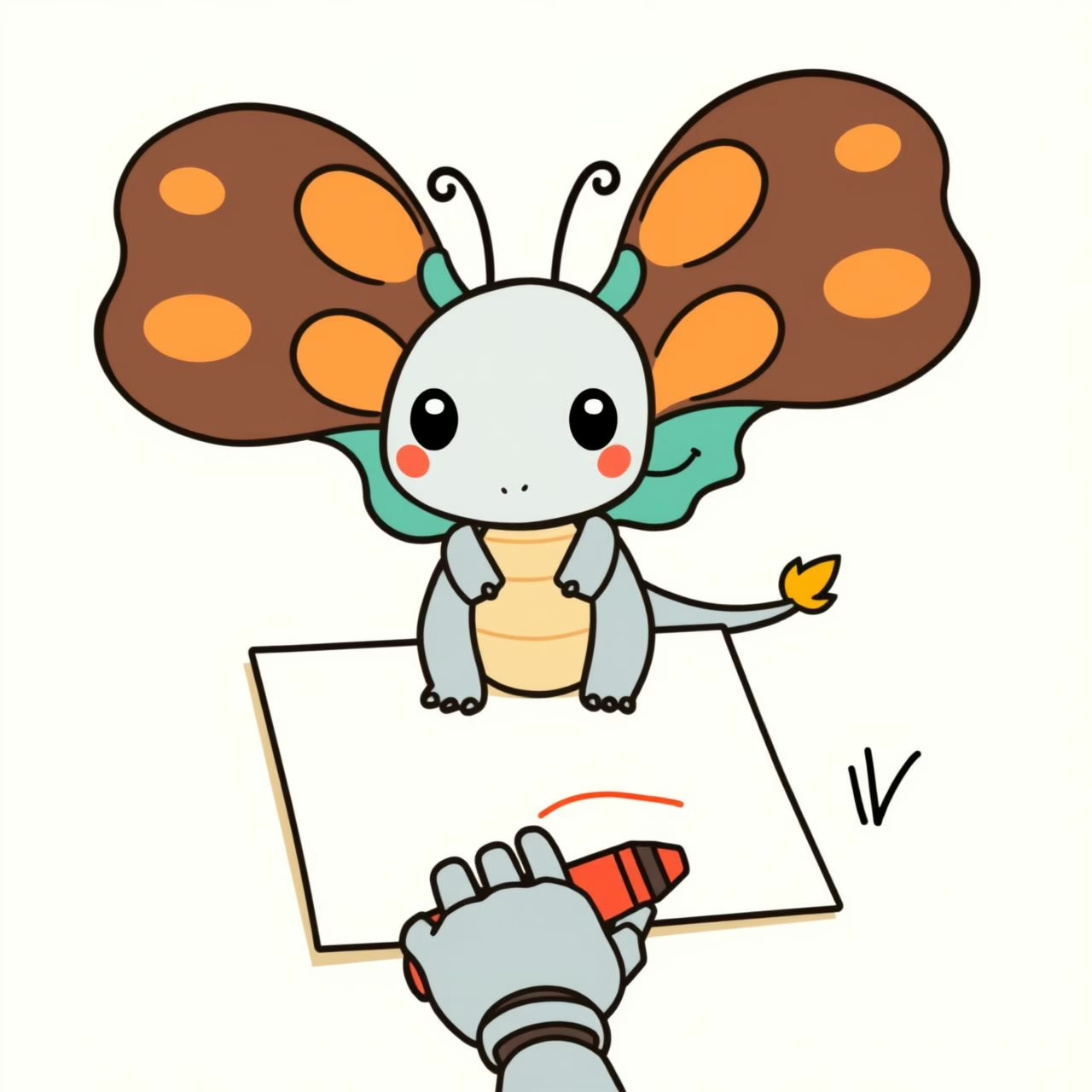
You know that moment when your child grabs a crayon and declares, ‘I can’t draw a dragon!’? It’s not about the dragon—it’s the fear that holds them back. Figma’s CEO Dylan Field recently put words to what many of us feel: AI should ‘lower the floor’ so more kids can start creating, while ‘raising the ceiling’ for what they’ll eventually build. Here’s the kicker—the stock market’s jitters over Figma’s earnings remind us—true growth isn’t about overnight wins. It’s about planting seeds of curiosity that bloom years later.
How Can AI Boost Kids’ Creativity Without Pressure?

‘Design is the differentiator,’ Field insists, as businesses compete over who tells the best story. But let’s flip that for our homes: what if creativity becomes every child’s superpower? Get this: research reveals beginners gain the most when AI enters the room. A Nielsen Norman study found less-experienced folks jump 66% faster at complex tasks with AI help. Imagine your hesitant drawer: an AI tool suggesting ‘what if the dragon had butterfly wings?’ might be the nudge they need to scribble boldly.
Yet—and this is where dad-logic kicks in—you know the drill—we’ve all seen how overeager helpers backfire. Remember building Lego towers with your kid? If you’d constantly reshaped their blocks, they’d lose the joy. Similarly, that Metr study where experienced coders slowed by 19% with AI? It’s a wink to parents: tools should empower, not replace the messy, glorious process of making. Let kids ‘fail’ on their first doodle. That’s where resilience takes root. The AI isn’t the artist; it’s the calm friend whispering, ‘Try this angle.’
Why Balance Digital and Hands-On Creativity for Kids?
Field’s focus on ‘raising the ceiling’ got me thinking. Sure, AI helps kids draft digital castles today—but will they know how to sketch one in the dirt with a stick tomorrow? McKinsey’s data reveals generative AI speeds up tasks like documenting ideas by 50%. That’s huge for professionals! Yet for children, the real win isn’t speed—it’s depth. When a child spends 20 minutes drawing a robot by hand first, they’re learning spatial reasoning no AI can shortcut.
So here’s a kitchen-table experiment: next time your child designs their ‘dream fort,’ challenge them to sketch it on paper before touching any app. Then, if they’re itching for the digital layer, use an AI tool to reimagine their sketch—but keep the original proudly taped to the fridge. Why? Because the hand-brain connection is sacred. That crumpled paper? It’s proof they wrestled with ‘what if the door opened sideways?’ The AI version? Just one possible answer. The pride comes from the struggle.
What’s the Long-Term Impact of AI on Kids’ Creative Growth?
Wall Street tanked Figma’s stock after earnings—too much hype, not enough instant profit. As parents, we’ve been there: when that ‘educational’ app promised fluent Mandarin in a week (spoiler: it didn’t). Field’s steady focus on ‘long-term power’ mirrors what matters most for kids: sustainable curiosity. One rainy Saturday, my daughter and I built a ‘robot zoo’ from cardboard boxes. Did the AI-generated animal pics help? Sure—for inspiration. But the magic happened when glue dripped everywhere, and we debated whether penguins needed wheelchairs on Mars.
That’s the heartbeat: AI broadens access (Field’s big win!), but humanity gives it soul. When my child tweaks an AI’s suggestion to add ‘sparkly mud’ to her drawing—that’s critical thinking in action. Isn’t that wild? Not the AI. So let’s cheer Figma’s vision without chasing stock charts. Our job is simpler: watch for those ‘sparkly mud’ moments. Ask ‘Why did you change the AI’s idea?’ over dinner. That’s where we’re raising the ceiling – for real.
Source: Figma is getting crushed in its post-IPO earnings debut; CEO Dylan Field is focused on AI’s long term power to ‘raise the ceiling’, Fortune, 2025/09/04 00:31:58
